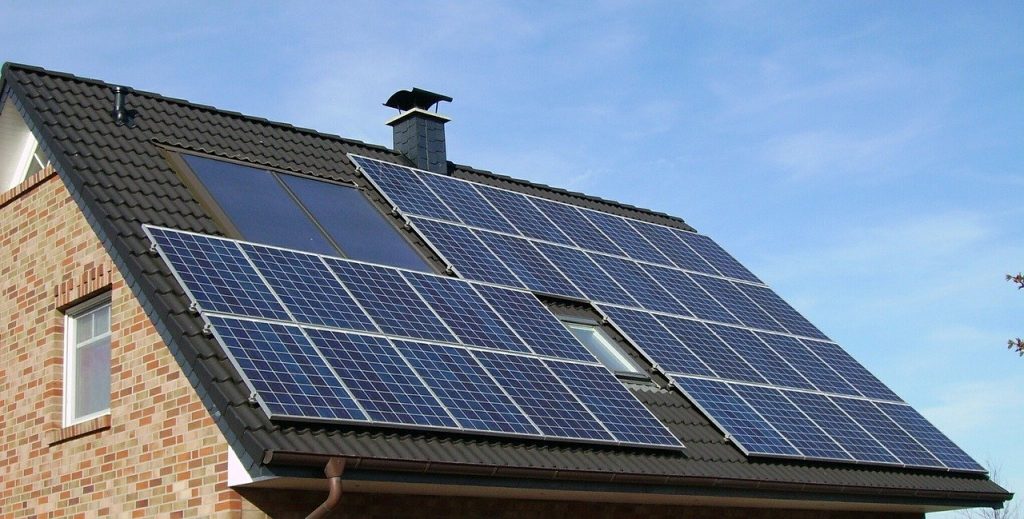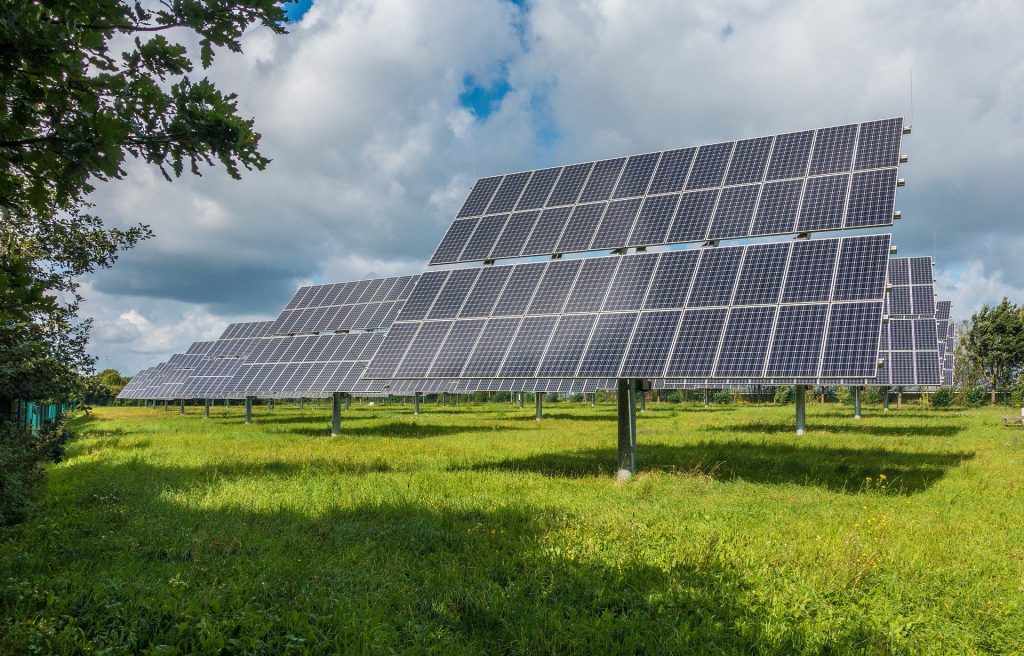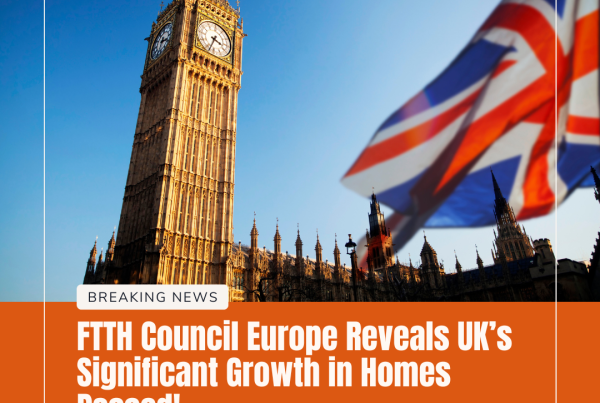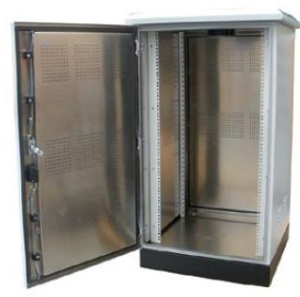What are solar panels?
Solar panels are large panels that transform sunlight into heat or electricity. We often see them on rooftops, in large fields and next to motorways around the UK. In other countries such as Spain and Australia we see them incorporated over bike roads and scattered across hills and mountains. With the increasing interest around clean, sustainable, and renewable energy to continue for the foreseeable future.
Early solar panels used to decrease 10% per years in the early stages, but as of 2010 the median degradation rate was down to only 0.5% per year. This means the panels last for much longer, up to 25 years or longer, before they need to be replaced. Changing the panels has upped the attraction towards renewable energy, and currently is the UK’s third largest clean energy source.
How do they work?
Firstly, solar panels are built up of silicone photovoltaic cells. PV cells are made by silicone crystalline wafers which are similar to the ones used to make computer processors. Secondly, when sunlight hits the panels, these wafers absorb the sunlight rays. Lastly, the electrons in the silicone starts moving and initiates a flow of electricity, (Direct Current, or DC).
However, Direct Current cannot power most appliances in a home. It must be converted before it is usable. To convert the energy into usable energy the power travels to an inverter attached to the panels which converts DC to AC (Alternative Current). Once it has been converted to AC the energy can be safely used by most homes’ appliances.

There are three ways you can benefit from this energy:
- Off-grid home – Receiving energy through technology
- Grid-connected home – Receiving energy through a grid system.
- Grid-interconnected home – Receiving energy through a mix of own solar panels and the grid.
Off-grid home:
When the energy is created it gets redirected to an inverter. The inverter converts DC into AC and is again redirected, but this time to a switchboard. The switchboard allows all usable AC electricity to be sent to your appliances in your home. Any excess energy get stored in batteries until it is needed.
Grid-connected home:
The solar farm energy is transferred directly to a utility substation. From here the energy travel through distribution lines through transmission to properties within its proximity through a point of interconnection (POI). The transformers you see in urban areas usually look like a roadside cabinet.
Grid-interconnected home:
The process for a grid-interconnected home is a mixture of the above two. After the AC has been converted any excess energy gets either sent to the grid. If there was not enough energy created energy from the grid will provide the rest of the energy you need.

What can Mainframe Communications do for this sector?
Fibre cables connects the solar panels with the inverter, transformer and switchboard as a part of the utility substation. The cables are an important part of the process since they are what transfer the currency to your house or to the grid. We here at Mainframe Communications are experts in fibre optic and both supply and manufacture cables to fit different sized projects. With over 30 years of experience in the industry and we cover a wide range of sectors, including the renewable and green energy sector.
Contact us on 01702 443800 for a free quote and talk with our experts about how we can help with your project.




